Webster Fellows Award
This award of up to $3000 is being offered due to a generous gift from the Helen and Will Webster Foundation. The award is for registered UCSC undergraduate students who are currently doing or planning to do a senior internship or thesis (minimum two-quarter project) that focuses on natural history education, collections, or exhibits and promote collaborations between the Norris Center for Natural History at UCSC and one of our on- or off-campus partner organizations, such as the Santa Cruz Museum of Natural History, the Bird School Project, or the UCSC Natural Reserves.
Examples of projects include but are not limited to developing curricular materials for a specific educational program; developing a natural history exhibit that will be displayed by the partner organization; or curating collections to be used for educational purposes. Interested students should set a time to discuss project ideas with Norris Center Director Chris Lay (cml@ucsc.edu) or Assistant Director Gizelle Hurtado (gimhurtado@ucsc.edu) well before the application deadline, so they have time to coordinate with agency and faculty sponsors. Students can either suggest a project that they are already planning with an agency and faculty sponsor, or Chris or Gizelle can suggest some projects that are seeking student interns. Criteria for selection include the quality and utility of the project as described in the project statement; demonstrated student initiative and appropriate past training; scholastic record; financial need; and support of the faculty and agency sponsors.
Click here to download the Webster Fellows Award application.
Click here for a list of suggested project ideas from SCMNH.
Current Webster Fellows
Emily Scott: Science Illustration for Natural History Education
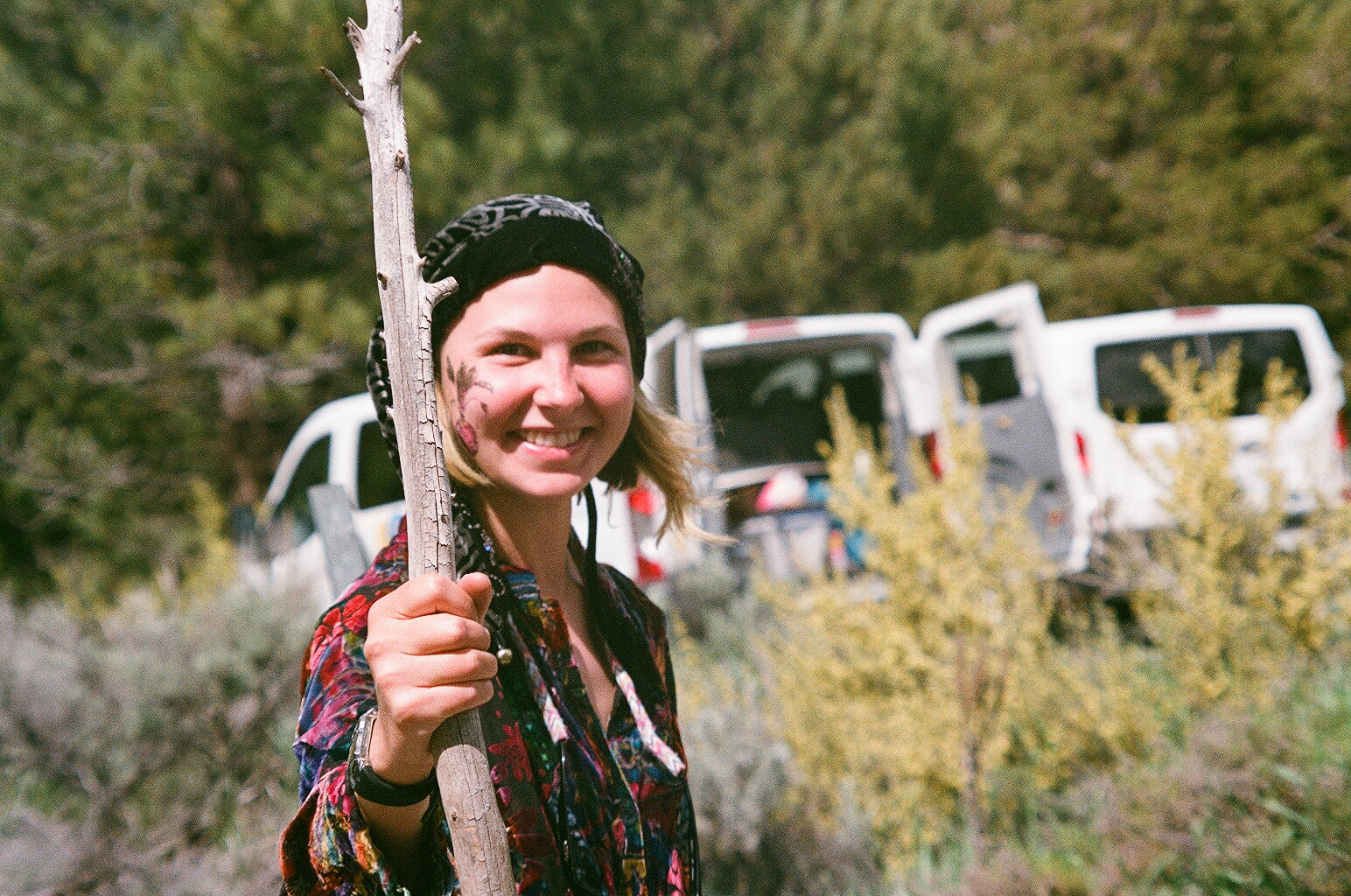 Art is a powerful tool for science communication. In collaboration with The Santa Cruz Museum of Natural History, I will be creating science illustration resources and interpretive materials that will be used in exhibits and education programs. In addition, I will develop a workshop to be led by future SCMNH and Norris Center staff and interns, which will teach science illustration methods and how it can be used in natural history interpretation. This project will demonstrate how art can be used to interpret the natural world, promote collaboration between SCMNH and the Norris Center, and expand both of their art programs.
Art is a powerful tool for science communication. In collaboration with The Santa Cruz Museum of Natural History, I will be creating science illustration resources and interpretive materials that will be used in exhibits and education programs. In addition, I will develop a workshop to be led by future SCMNH and Norris Center staff and interns, which will teach science illustration methods and how it can be used in natural history interpretation. This project will demonstrate how art can be used to interpret the natural world, promote collaboration between SCMNH and the Norris Center, and expand both of their art programs.
Julia Cheng: Field Guides for the Bird School Project
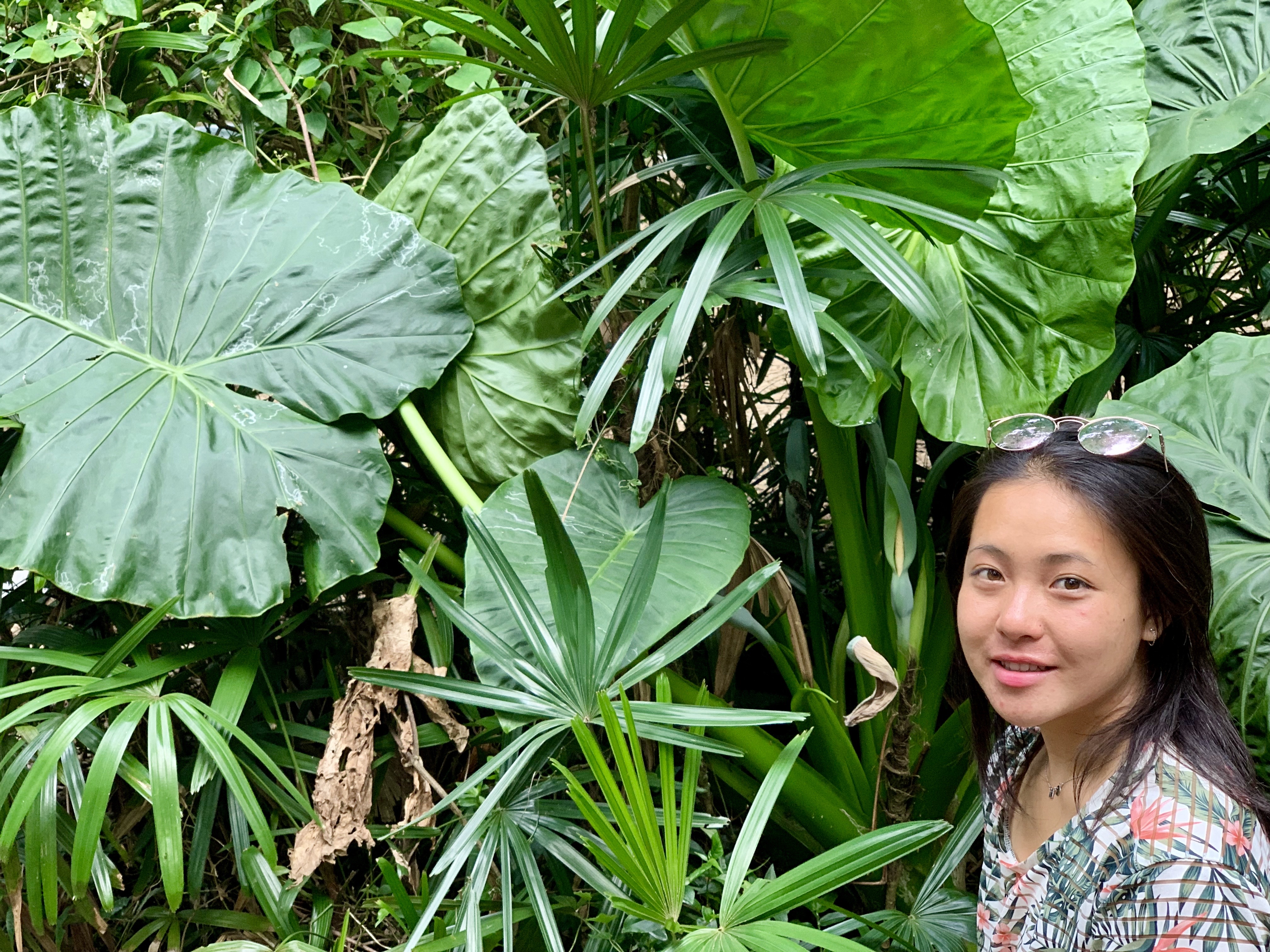 Fostering awareness of the natural world instills a personal connection with nature that stays with a person forever. After my internship with the Bird School Project, I was inspired by how the simple act of teaching kids to observe birds opened the door to the natural world for both me and the students. I would like to continue BSP’s mission by illustrating a set of field guides that are kid-friendly and can accompany their lessons. Drawing from online sources, as well as specimen from the Norris Center, the field guides will add color and visuals to the Bird School experience. Over the course of winter and spring quarter, I aim to complete four field guides: one about wings shapes and flight patterns and one about feathers types and colors. I hope they will make bird anatomy and behavior more accessible; not just to a younger audience but past language barriers as well. These field guides simplify and bring to life the secret world of birds making it easily digestible for bird enthusiasts and inquisitors alike.
Fostering awareness of the natural world instills a personal connection with nature that stays with a person forever. After my internship with the Bird School Project, I was inspired by how the simple act of teaching kids to observe birds opened the door to the natural world for both me and the students. I would like to continue BSP’s mission by illustrating a set of field guides that are kid-friendly and can accompany their lessons. Drawing from online sources, as well as specimen from the Norris Center, the field guides will add color and visuals to the Bird School experience. Over the course of winter and spring quarter, I aim to complete four field guides: one about wings shapes and flight patterns and one about feathers types and colors. I hope they will make bird anatomy and behavior more accessible; not just to a younger audience but past language barriers as well. These field guides simplify and bring to life the secret world of birds making it easily digestible for bird enthusiasts and inquisitors alike.
Previous Webster Fellows
Maria Velazquez: Interactive Education about Dynamic Marine Ecosystems
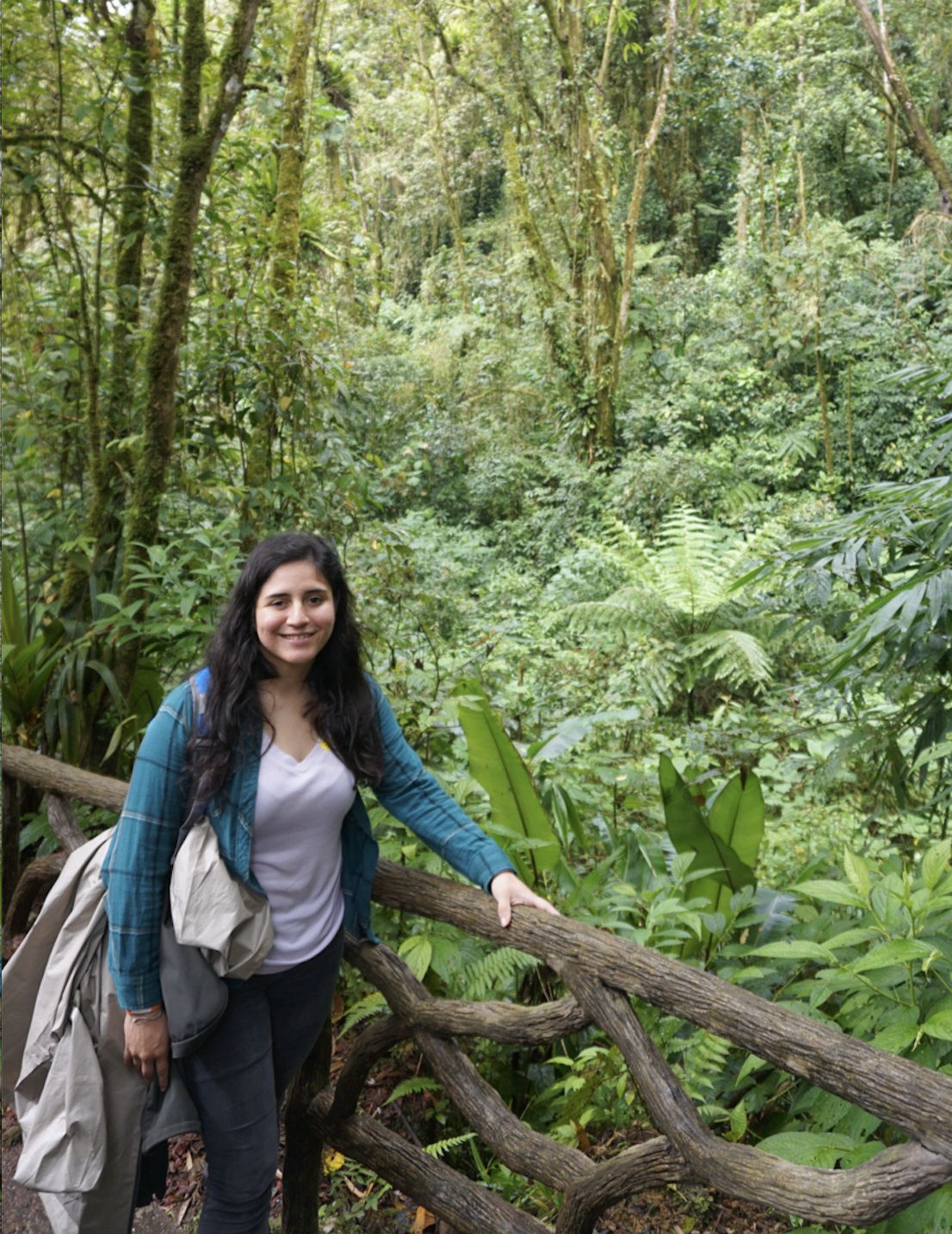 I have a strong desire to make natural history and science available to Latino students. I created Dynamic Marine Ecosystems, a hybrid project between a mobile museum and an enrichment activity designed for the elementary and middle school students of Nueva Vista Community Center. Read more about my work in my blog article.
I have a strong desire to make natural history and science available to Latino students. I created Dynamic Marine Ecosystems, a hybrid project between a mobile museum and an enrichment activity designed for the elementary and middle school students of Nueva Vista Community Center. Read more about my work in my blog article.
Deanna Davidson: Backyard Ranger Nature Journals
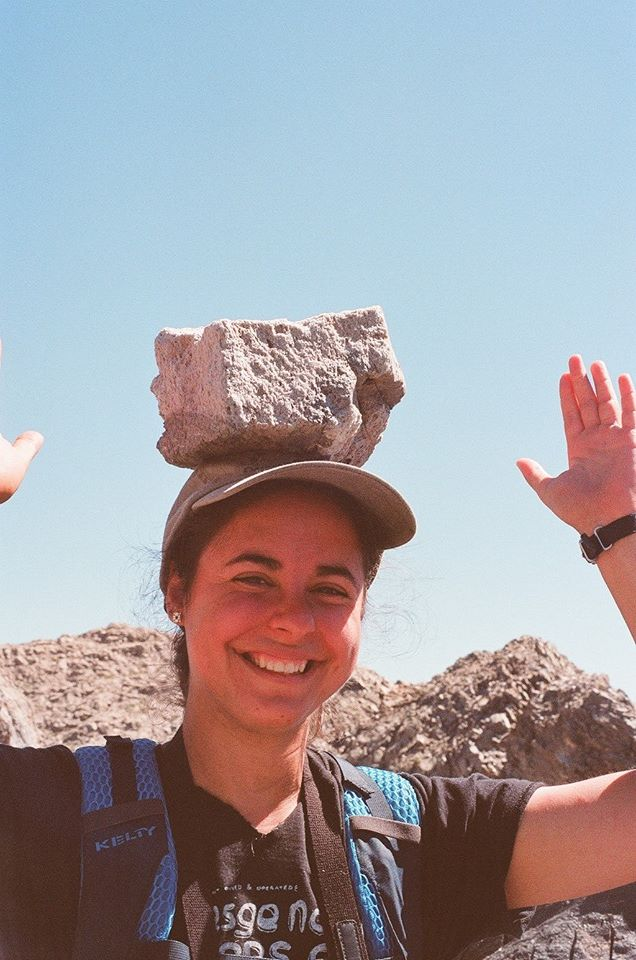 Research shows that children develop a deep connection to nature and sustainable attitudes as adults when they are able to explore a natural area around them on a regular basis and develop a strong relationship with this place. My project, titled “Backyard Nature Ranger”, will involve creating a printable nature journal for the “Nature Rangers” program that will include prompts and activities that follow up on concepts taught through the field trip and that are aligned with 4th grade NGSS standards. The journal will take an interdisciplinary approach and incorporate many subjects, encouraging students to see how nature is connects to everything they are learning. I will also be creating a teacher’s guide to nature journaling which will include curriculum and material lists to go along with some of the activities and prompts in the journal as well as general tips and tools for incorporating nature journaling into teaching. By contextualizing theis project to the local Santa Cruz area and specifically to where children spend most of their day, I hope to help students develop a deep connection and appreciation for their home.
Research shows that children develop a deep connection to nature and sustainable attitudes as adults when they are able to explore a natural area around them on a regular basis and develop a strong relationship with this place. My project, titled “Backyard Nature Ranger”, will involve creating a printable nature journal for the “Nature Rangers” program that will include prompts and activities that follow up on concepts taught through the field trip and that are aligned with 4th grade NGSS standards. The journal will take an interdisciplinary approach and incorporate many subjects, encouraging students to see how nature is connects to everything they are learning. I will also be creating a teacher’s guide to nature journaling which will include curriculum and material lists to go along with some of the activities and prompts in the journal as well as general tips and tools for incorporating nature journaling into teaching. By contextualizing theis project to the local Santa Cruz area and specifically to where children spend most of their day, I hope to help students develop a deep connection and appreciation for their home.
Brian Johnson: Collections Management and Saving the World Through Specimens
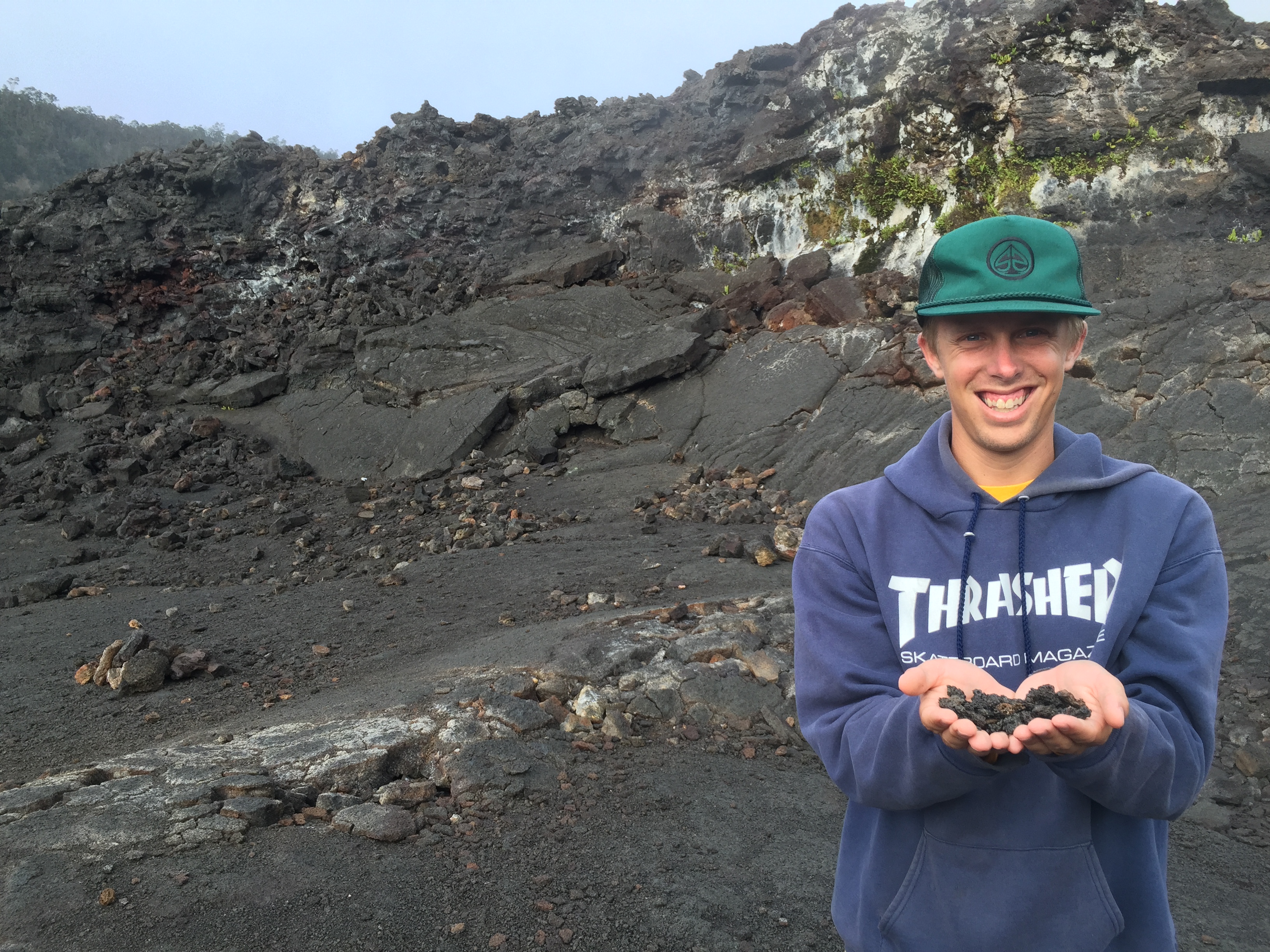 Natural History Museum’s have a unique responsibility of protecting and preserving our knowledge of the natural world. At the Santa Cruz Museum of Natural History, I worked to inventory, clean and accession bird specimens. Read more about my work in my blog article.
Natural History Museum’s have a unique responsibility of protecting and preserving our knowledge of the natural world. At the Santa Cruz Museum of Natural History, I worked to inventory, clean and accession bird specimens. Read more about my work in my blog article.
Julianna Valdez: The Field Journal: An Exploration of the Natural World
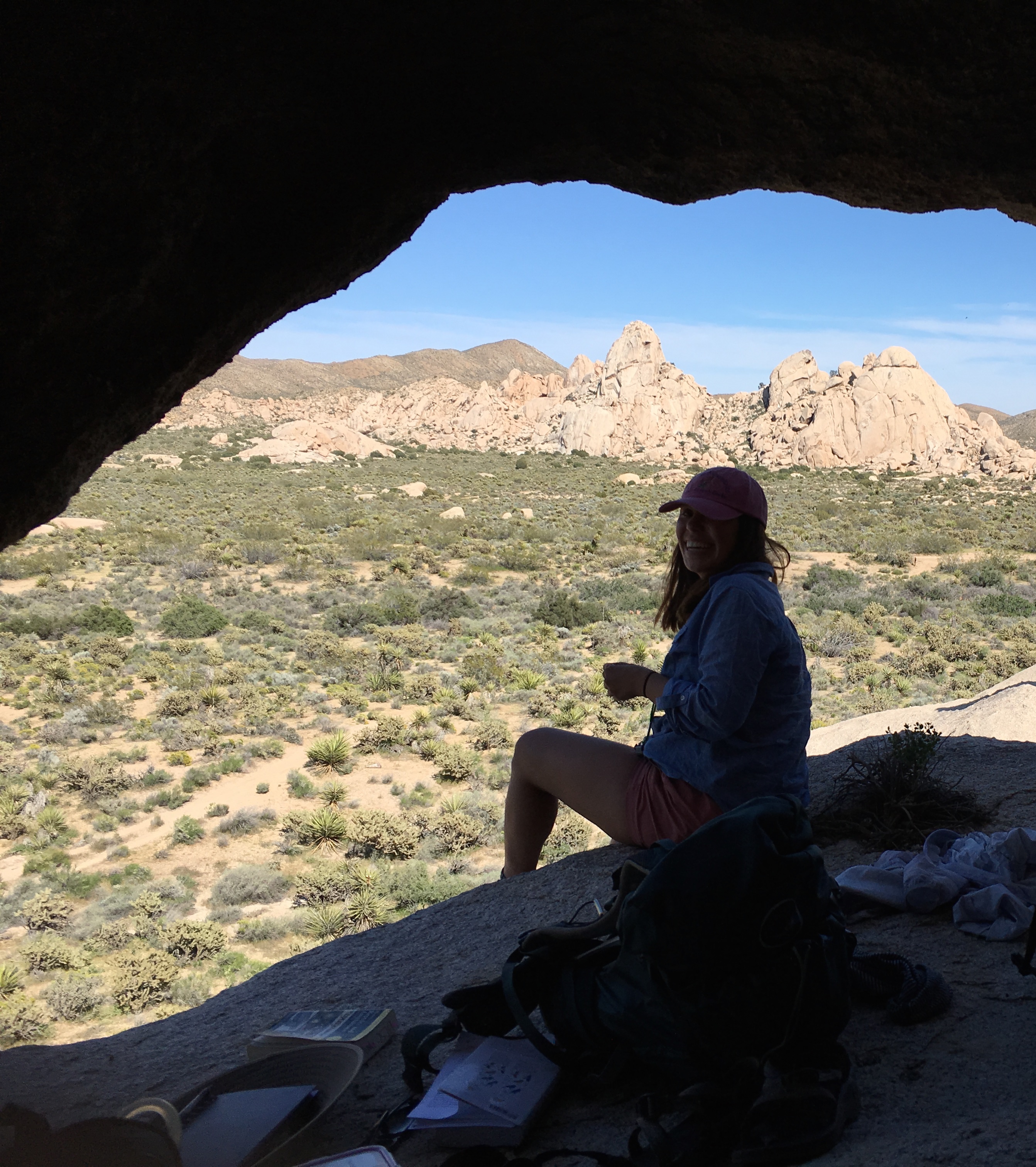 I believe that interest and passion for the earth is what leads to responsible stewardship. I believe the first steps to improvement begin with curiosity and respect for the natural world. In collaboration with the Santa Cruz Museum of Natural History I am creating a workshop that inspires this curiosity through field journaling and observation. Field journaling is a great way for students of all backgrounds and interests to explore the natural world. By making these basic scientific skills like field journaling more accessible to diverse demographics we can create a larger community of intelligent, skilled naturalists with compassion for the earth.
I believe that interest and passion for the earth is what leads to responsible stewardship. I believe the first steps to improvement begin with curiosity and respect for the natural world. In collaboration with the Santa Cruz Museum of Natural History I am creating a workshop that inspires this curiosity through field journaling and observation. Field journaling is a great way for students of all backgrounds and interests to explore the natural world. By making these basic scientific skills like field journaling more accessible to diverse demographics we can create a larger community of intelligent, skilled naturalists with compassion for the earth.
Aliya Cacanindin: Bringing Nature to Santa Cruz Residents
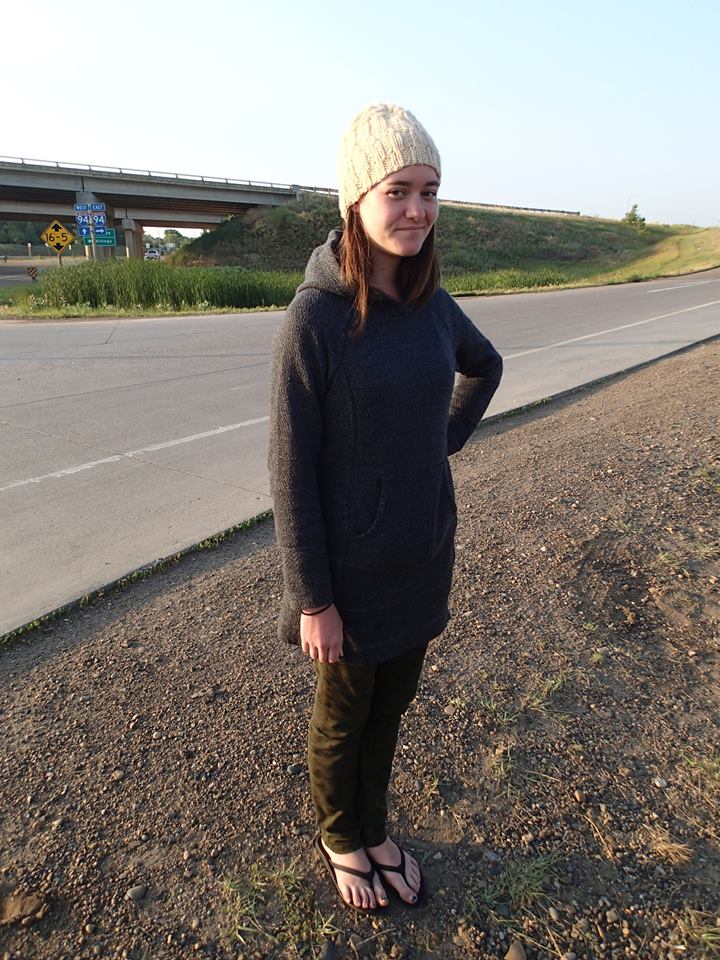 As we grow older, we rely more and more heavily on informal learning—learning outside of the classroom, outside of school. Museums have the unique ability of providing this style of learning, not only to children but to adults. I worked with the Education team of the Santa Cruz Museum of Natural History to create a guide for future docents, to learn how to interact with the public during Mobile Museum Exhibits, and bring science collections directly to families of Santa Cruz. I presented these mobile exhibits at Santa Cruz Farmer's Markets and festivals. In support of future mobile exhibits, I documented the specimens contained in our Education collection, which will make it easier for future docents and future education teams to create new and interesting mobile exhibits. By empowering future docents, I hope to encourage the growth of informal learning, not only through the museum but for each individual or family that we have the pleasure to meet.
As we grow older, we rely more and more heavily on informal learning—learning outside of the classroom, outside of school. Museums have the unique ability of providing this style of learning, not only to children but to adults. I worked with the Education team of the Santa Cruz Museum of Natural History to create a guide for future docents, to learn how to interact with the public during Mobile Museum Exhibits, and bring science collections directly to families of Santa Cruz. I presented these mobile exhibits at Santa Cruz Farmer's Markets and festivals. In support of future mobile exhibits, I documented the specimens contained in our Education collection, which will make it easier for future docents and future education teams to create new and interesting mobile exhibits. By empowering future docents, I hope to encourage the growth of informal learning, not only through the museum but for each individual or family that we have the pleasure to meet.
Sofia Vermeulen: The Beauty and Natural History of Bees of the Central Coast
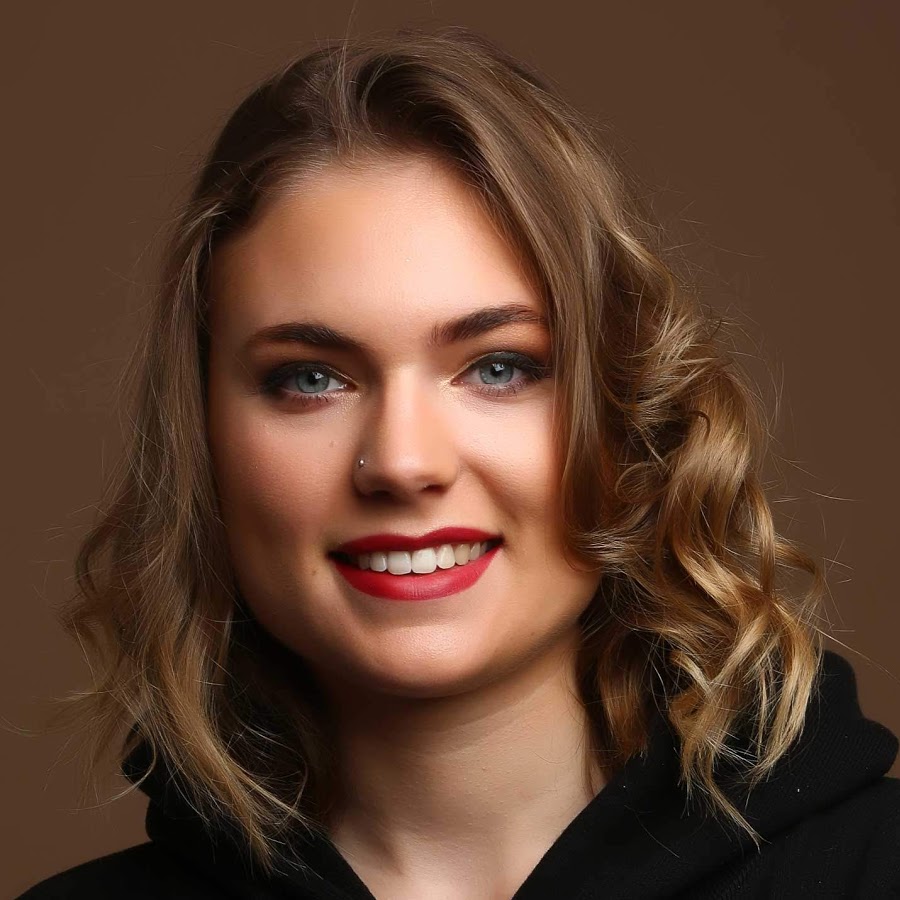 The natural history project titled "The Beauty and Natural History of Bees of the Central Coast" is an art-science interdisciplinary collaboration between UCSC graduate students Hamutahl Cohen and Juniper Harrower and UCSC undergraduate student Sofia Vermeulen. Hamutahl Cohen has spent five years working with gardeners to study the diversity, biology, and decline of bee populations along the central coast of California. Sofia, with the help of funds from the Webster fellows program, joined the project and worked closely with Hamutahl to design a book featuring aver 25 of student's artwork and poetry celebrating California's native bees. The book highlights the amazing diversity, beauty and ecology of the wild bee species while also painting the problem of bee population decline. The published books are available for sale at the Norris Center as well as on Amazon. The funds from the Webster Fellows award was also used to frame 10 of the student and faculty bee illustrations, which were then hung at the Santa Cruz Natural History Museum's annual exhibit, The Art of Nature show. The book the beautiful illustrations will serve as a reminder of how important and beautiful our native bees are. Click here for information on how to order the book.
The natural history project titled "The Beauty and Natural History of Bees of the Central Coast" is an art-science interdisciplinary collaboration between UCSC graduate students Hamutahl Cohen and Juniper Harrower and UCSC undergraduate student Sofia Vermeulen. Hamutahl Cohen has spent five years working with gardeners to study the diversity, biology, and decline of bee populations along the central coast of California. Sofia, with the help of funds from the Webster fellows program, joined the project and worked closely with Hamutahl to design a book featuring aver 25 of student's artwork and poetry celebrating California's native bees. The book highlights the amazing diversity, beauty and ecology of the wild bee species while also painting the problem of bee population decline. The published books are available for sale at the Norris Center as well as on Amazon. The funds from the Webster Fellows award was also used to frame 10 of the student and faculty bee illustrations, which were then hung at the Santa Cruz Natural History Museum's annual exhibit, The Art of Nature show. The book the beautiful illustrations will serve as a reminder of how important and beautiful our native bees are. Click here for information on how to order the book.
Maggie Hames: Digitizing and Curating SCMNH's Collection of Indigenous Basketry
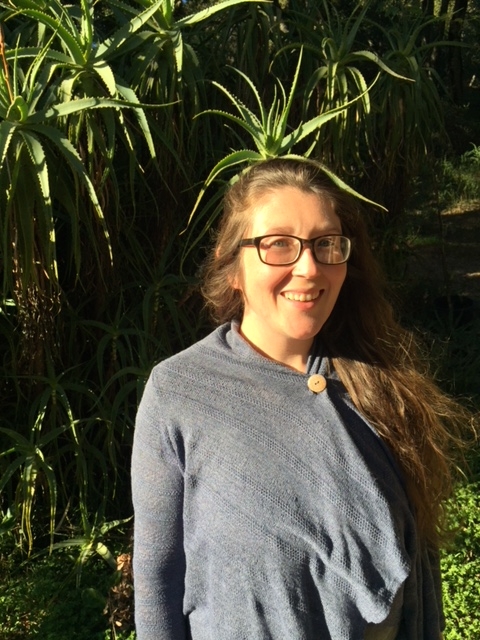
The Santa Cruz Museum of Natural History is home to a beautiful and expansive collection of Indigenous basketry which represent a priceless collection of baskets which are both culturally and historically significant. Over the last two quarters, I have been working on a project that has focused primarily on the digitization of this collection. The bulk of my work consists of inventorying items, and entering catalog card information into a searchable database. I have also been including additional information about materials, techniques and location based on my research and in consultation with experts. Another significant component to this work involved comprehensive object photography of the items to accompany their database entries. As I work with the baskets, I have been completing conditions assessments, and when possible, have created storage trays for the more delicate or damaged objects. Lastly, the SCMNH has shared some of the more unique baskets on social media to create greater public interest and awareness. To date I have cataloged and photographed more than 160 baskets. Upon the completion of this project, I will also be submitted a research guide to the collections and the work I have been doing.
